PRP therapy in Nepal has become fairly popular in recent years. Although PRP therapy treatment has been around since the 1980s, PRP therapy in Nepal has become popular only in recent days. People have started opting for PRP Treatment as an effective way to solve hair loss problems. So, If you want to achieve better results in hair regrowth procedures, PRP is the sure-shot way.
Hair loss without scarring of the scalp is a phenomenon that affects many people at one point in their life. It can be triggered by various reasons like hormonal changes, medical conditions, the result of heredity, or is a normal part of aging.
Hair loss or androgenetic alopecia is a condition that occurs in both men and women. The main factor influencing this is the effect of testosterone metabolites in genetically susceptible hair follicles.
You might be wondering, why should I even solve my hair loss problem? Well, because treatment as effective as Plasma Rich Platelets for hair loss can help stop or slow down the hair loss process. The sooner you get the treatment started, the better it works. If you push the treatment further, you might end up losing all your hair and we definitely don’t want that.
In women, the first visible signs of hereditary hair loss are overall thinning and visible widening parts. Whereas, men go through hereditary hair loss. The first sign is often a bald spot at the top of his head or a receding hairline. If you start to notice such changes, it’s time you start opting for certified therapy like that of PRP.
What is the hype surrounding PRP? The idea is to inject PRP in the damaged tissues that have restorative abilities. They help fuel healthy hair regrowth and promote healing too. Also, the tissue growth factors are heavily infused with the PRP growth injections. Doing this helps the body’s tissues heal faster.
Famous tennis player star, Rafael Nadal and athletes like Tiger Woods have confirmed the effectiveness of PRP for healing injuries.
What is PRP Therapy?
Before understanding PRP therapy in detail let us know about Plasma. Talking about the human body, plasma is the liquid part of your blood mostly made of protein and water. What makes it special is that it allows white and red blood cells and platelets to move freely through your bloodstream.
Platelets are a kind of blood cell that makes your blood clot that also plays a role in healing. So, doctors using this platelet-rich plasma (PRP) tends to cause damage and injuries to ligaments, tendons, skin, muscles, and joints.
A typical platelet-rich plasma has five times the number of platelets found in ordinary blood. Such platelets have:
- Vascular endothelial growth factor.
- Platelet-derived growth factor.
- Keratinocyte growth factor.
- Insulin-like growth factor.
- Transforming growth factor.
All the benefits have many positive effects on the growth of hair.
But before considering the treatment for humans, mice were used as a part of an experiment. Some studies done showed that PRP stimulates dermal papillae in them. Upon one injection every three days for fourteen days a condition called diffuse darkening prevails. This experiment showed that the mice injected with active PRP components showed total hair regrowth in comparison to those that were not.
However, researchers have gotten experimental and PRP injections have been used for various other reasons. They include:
Acute injuries: Doctors opt to use PRP injections to treat severe sports injuries like knee sprains and pulled hamstring muscles.
Hair loss: Historically, research propounded in 2014 decided that PRP treatment in alopecia, common male pattern baldness.
Osteoarthritis: PRP has found a remedy to treating Osteoarthritis, a condition that affects your joints. How do you ask? Well, doctors have been injecting PRP in the knees of people with osteoarthritis. This therapy proved to be more efficient than the traditional approach.
Tendon injuries: Tendon, a thick band of tissue that connects muscle to bones, takes time to heal after being injured. Practitioners have used this injection for the treatment of chronic tendon problems. Some common occurrences are problems relating to the jumper’s knee, pain in the patellar region, tennis elbow, and Achilles tendonitis.
Process of implementing Plasma Rich Platelet Therapy
The name of this therapy treatment may overwhelm you but the procedure isn’t complex at all. If you are pondering about how the treatment works and if it’s okay to get the actual treatment, this typical PRP injection process can give you newer insights on if you want to move forward with it or not.
Here are the basic steps of implementing PRP Therapy:
A healthcare expert draws a sample of your blood which can be prepared through the buffy coat method or PRP hair treatment method. The amount of blood taken out depends on where PRP will be injected. It may vary between being slightly larger or smaller than the quantity of one teaspoon.
Then the initial configuration process separates Red Blood Cells (RBC). After that, the second configuration concentrated on platelets which form the smallest final plasma volume. A centrifuge is a machine that spins very quickly and causes the blood components to separate. The entire separation process takes a total of 15 minutes.
The separated plasma is then taken up by the technologists. They prepare it to infuse and project it into the affected area.
Doctors use a process called imaging like using ultrasound for precisely injecting a specific area for injection. Areas such as tendons receive such treatment with doctors injecting into the affected areas.
It takes a total of about one hour to complete the entire therapy process with several sessions. After a full-fledged treatment, a person can go about doing their day-to-day activities with no limitations.
Side effects of PRP therapy
PRP means inserting a substance into the skin, a therapy with such precision is bound to have certain side effects. PRP for hair is autologous, meaning in autologous blood transfusions, the subject’s own blood is collected and reintroduced in the body.
This procedure can help reduce the risks for an allergic reaction occurring from using other medications. It prevents the reaction to hyaluronic and cortisone acid. But, there are some risks involving the use of injection itself.
It’s possible that a person may have bleeding related to the injection site and irritation and pain around the area. Some other side effects include:
Nerve injuries.
Pain at the injection site.
Tissue damage.
Infection.
Your doctor in practice can help reduce the potential risks while taking the necessary steps to minimize the risks.
Having said that, some people can resume their normal activities right after receiving the treatment.
Who shouldn’t do PRP for hair?
For most people, it is absolutely okay to move forth with the treatment of PRP for hair. However, you should be transparent about your medical history with your dermatologist. Some issues might prevail and this therapy might not be the best choice for you. If you have a history of chronic infections, cancer, and severe metabolic disorders, you will need to be careful.
Also, there might be a negative reaction to the anesthetic used in therapy. It’s best if you let your doctor know in advance about your tolerance to anesthetics, especially in the case of PRP therapy for hair loss.
PRP therapy in Nepal at Folliderm Health Care
As we get older, we aspire to have perfect hair and there are two ways through which we can achieve it.
One is through approved medications to prevent further loss and regrow hair. Topical Minoxidil and Oral Finasteride are two common medicines used for this purpose.
Another is a popular therapy called Platelet Rich Plasma (PRP) that has become a dominant part in treating hair-related problems.
Why is it so popular? Well, this therapy in the form of anti-hair loss treatment helps stimulate present hair follicles. Its ability to slow down or halt hair loss or regrow hair in parts of the scalp where the hair is thin has proved remarkable over the years.
However, if there’s extreme hair loss, it’s not easy to fuel hair growth and becomes less efficient in such cases. If the case is severe and you are looking for a natural and permanent solution then you should opt for Direct Hair Transplant in Nepal.
Also, you cannot expect wonders after one session of PRP treatment. The minute you stop the treatment, the potency of the treatment also disappears. They require long-term treatment which gets expensive and the probability of more side effects prevails.
You might be surprised to see increasing hair fall during the first 3 months of treatment. But don’t worry as it’s just an indication that the treatment is working. Unless you see major side effects, the treatment should be done on a timely basis.
Costs of PRP in Nepal
The average PRP treatment cost in Nepal ranges from Rs … to Rs …. . In the USA, a rough cost per session is USD 50 to USD 90 per session. So, we can clearly see that PRP hair treatment is way cheaper than in the western world.
There’s a package scheme if you want to get PRP therapy in Kathmandu. The entire package including PRP for hair includes PRP treatment and micro-needling at a cost of only Rs. …...
The charge of the specialists and clinics also depends on the experience of the doctor moving forth with the procedure. Also, where PRP therapy needs to be done is a decisive factor making up the cost.
FAQ - PRP Therapy in Nepal
There are certain misconceptions around Plasma Rich Platelets for hair loss. One is that people think it will replace their hair with a set of completely new ones. The effect of such medical therapy is confined to the areas of the scalp where hair is thinning and a certain part of the hair is present.
If you have already reached the stage of balding, growing hair in that spot is almost impossible.
So, you can reap the benefit of PRP therapy in Nepal only if you have a certain amount of hair for regrowth in parts of the scalp.

.png)


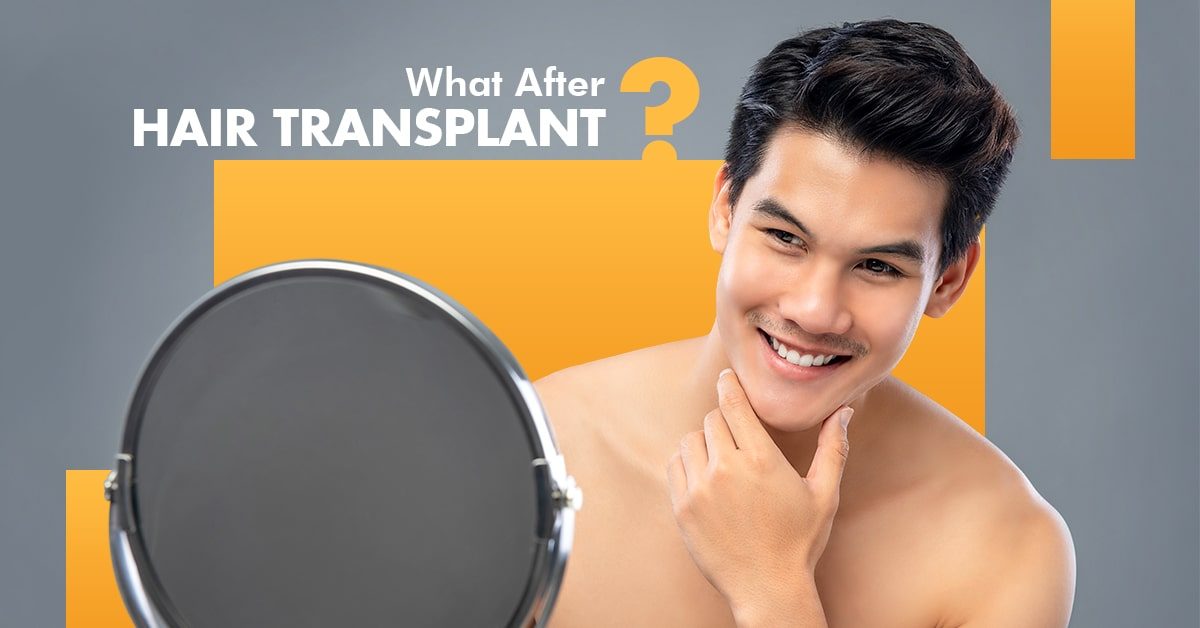
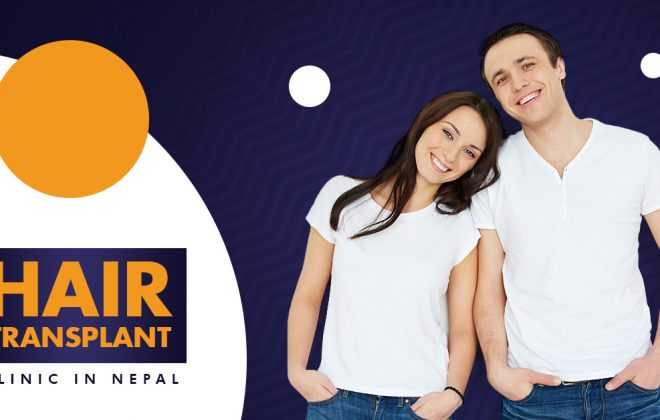


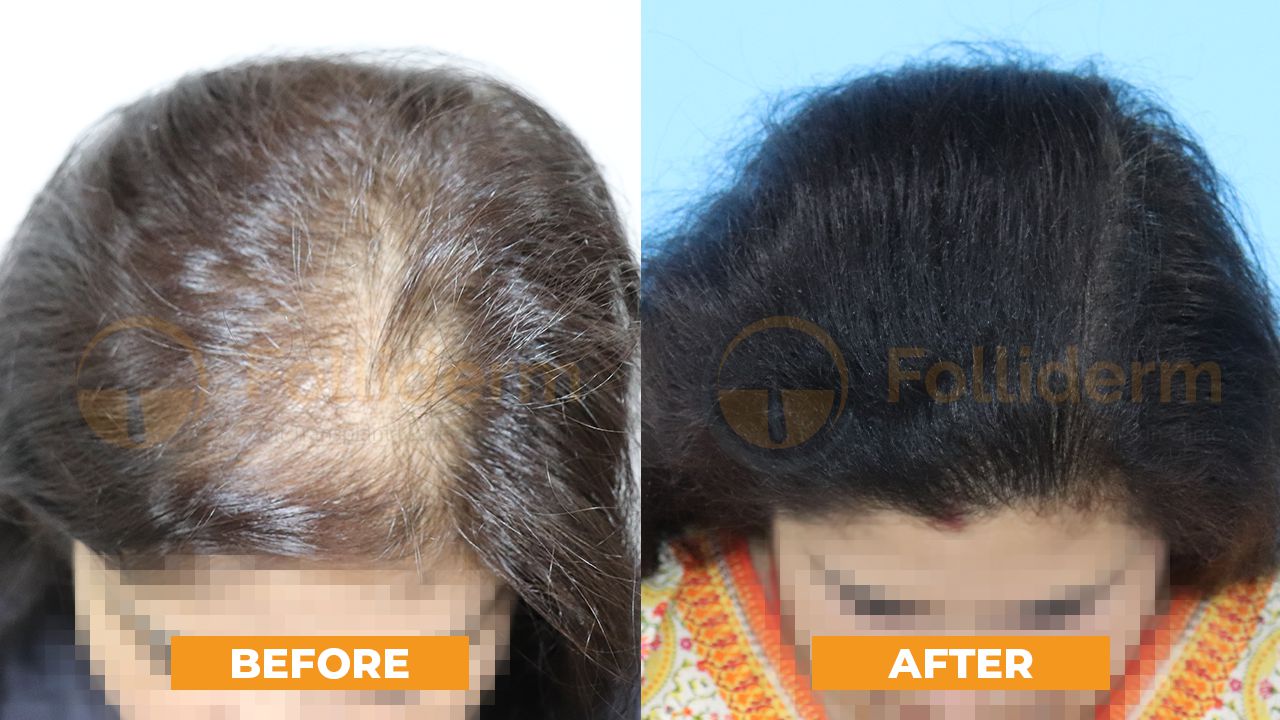
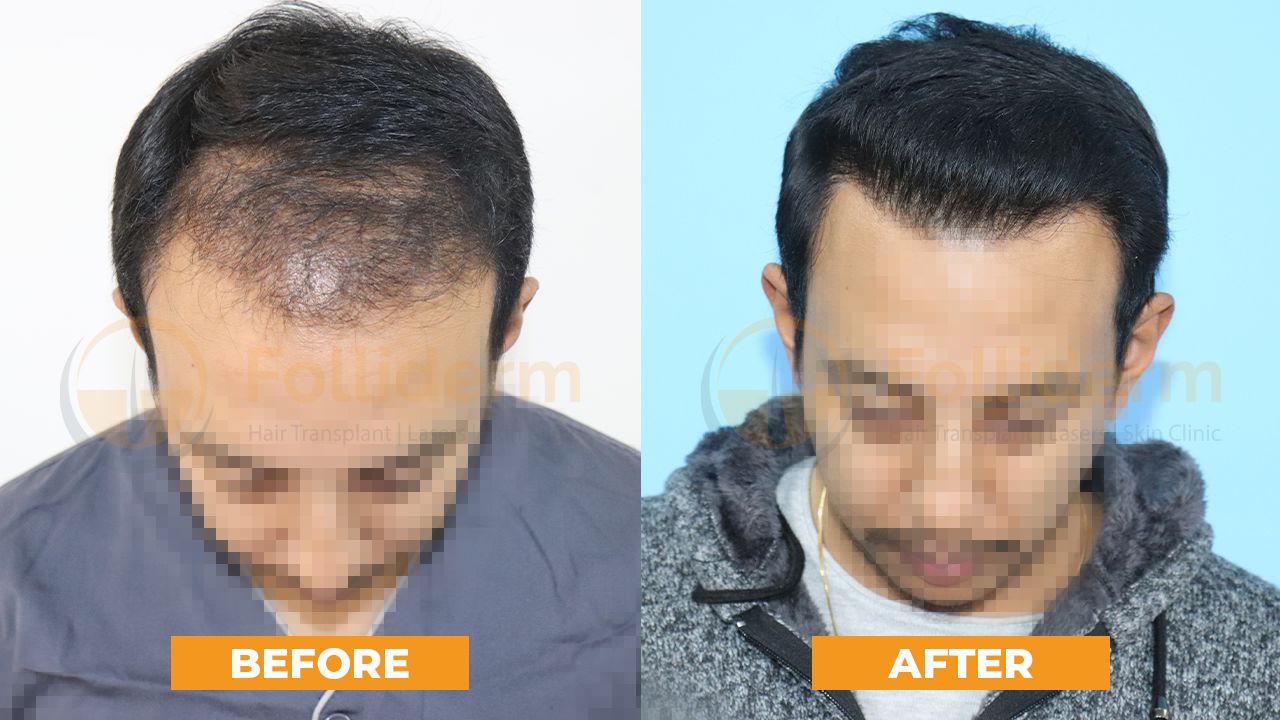
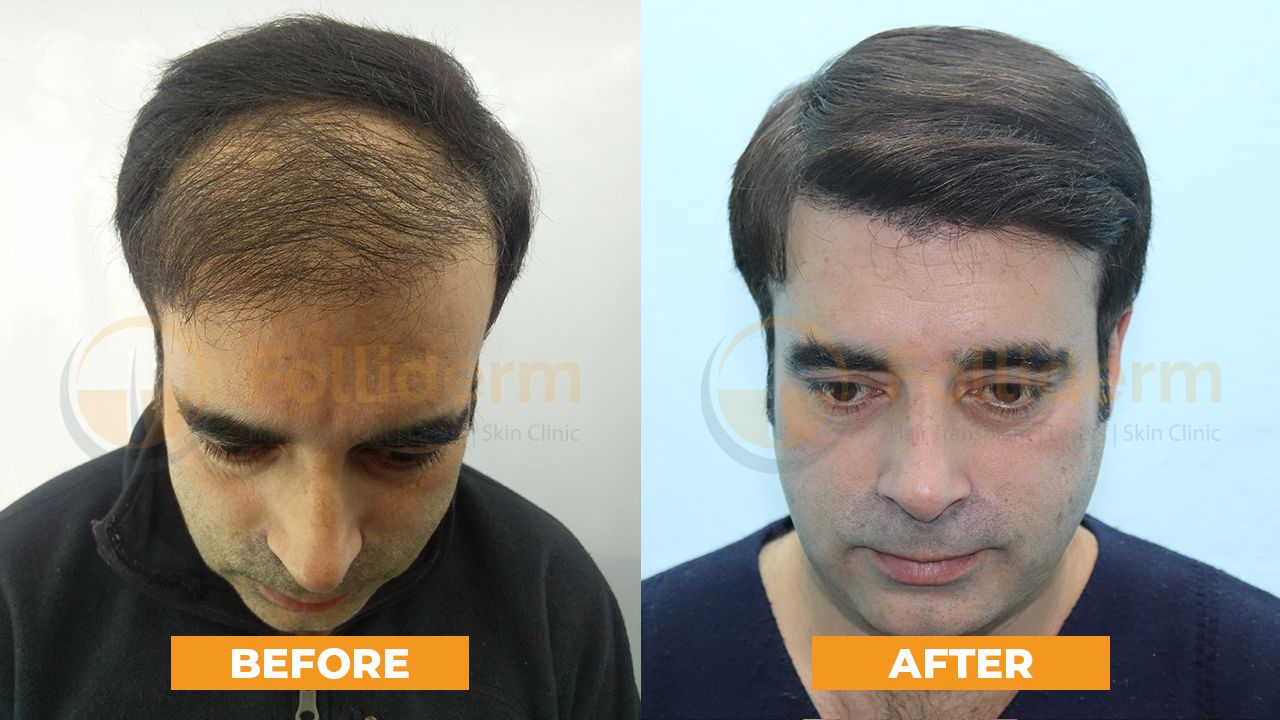

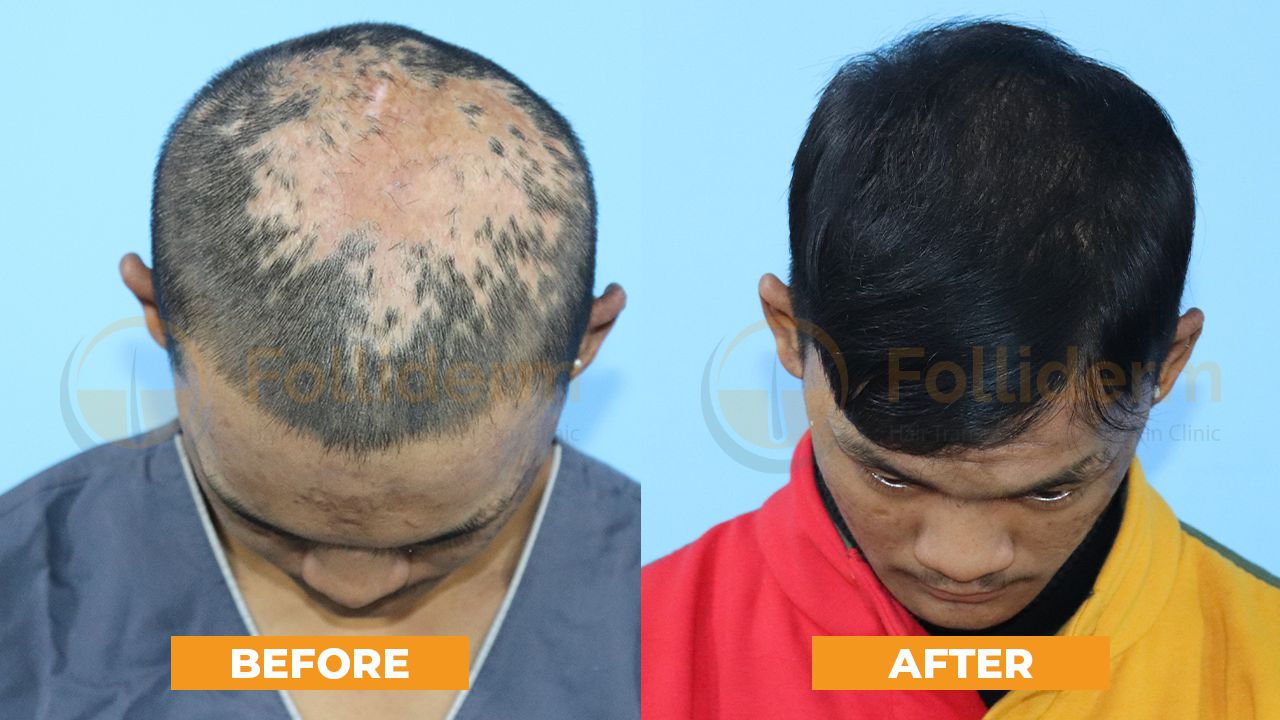
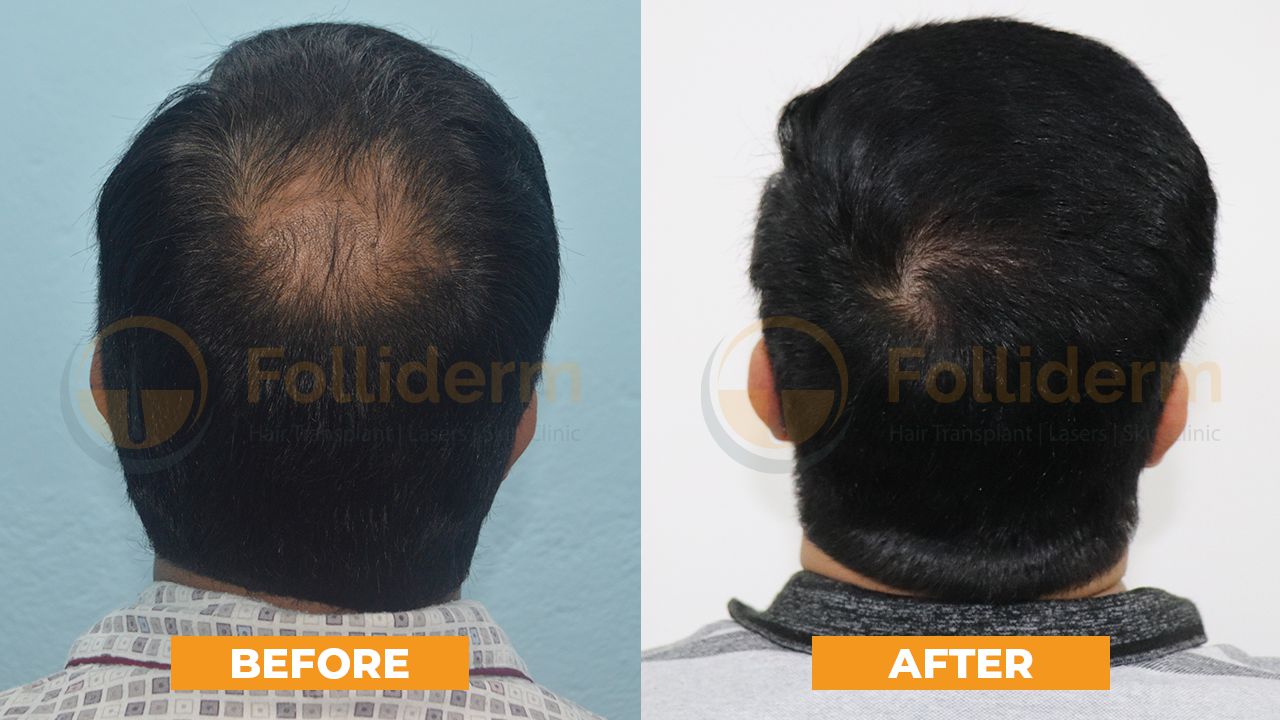
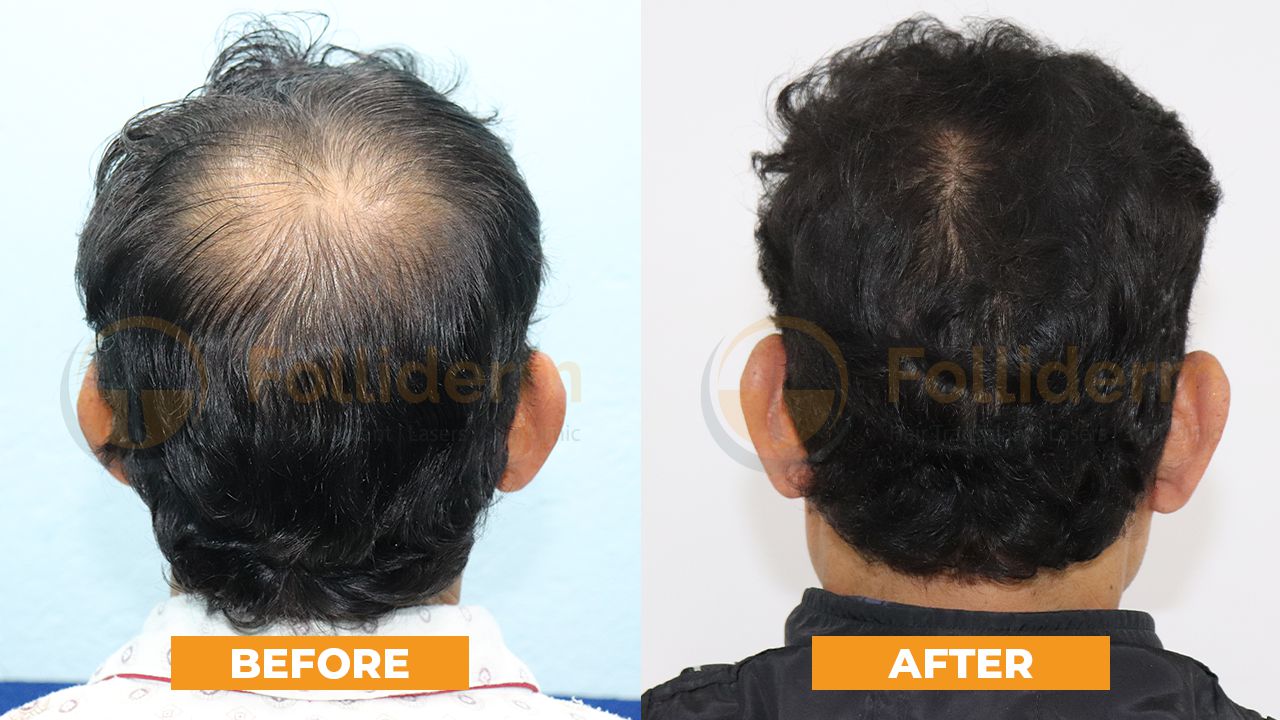
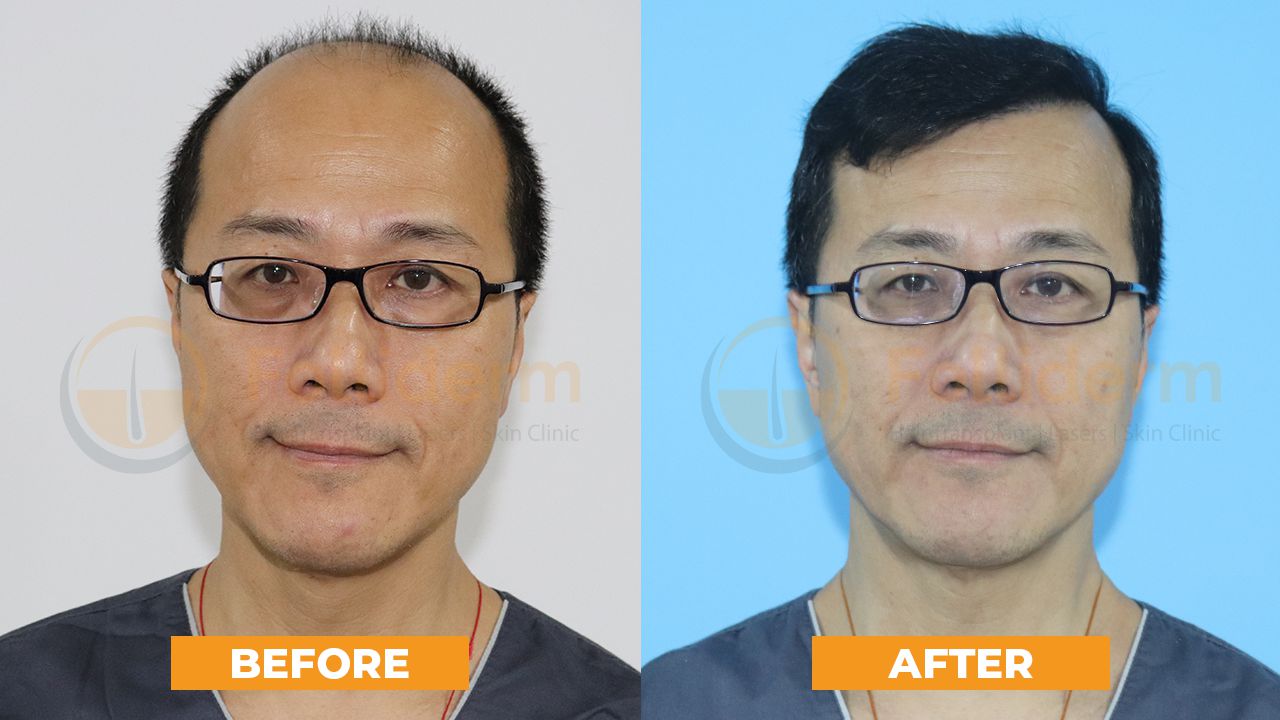


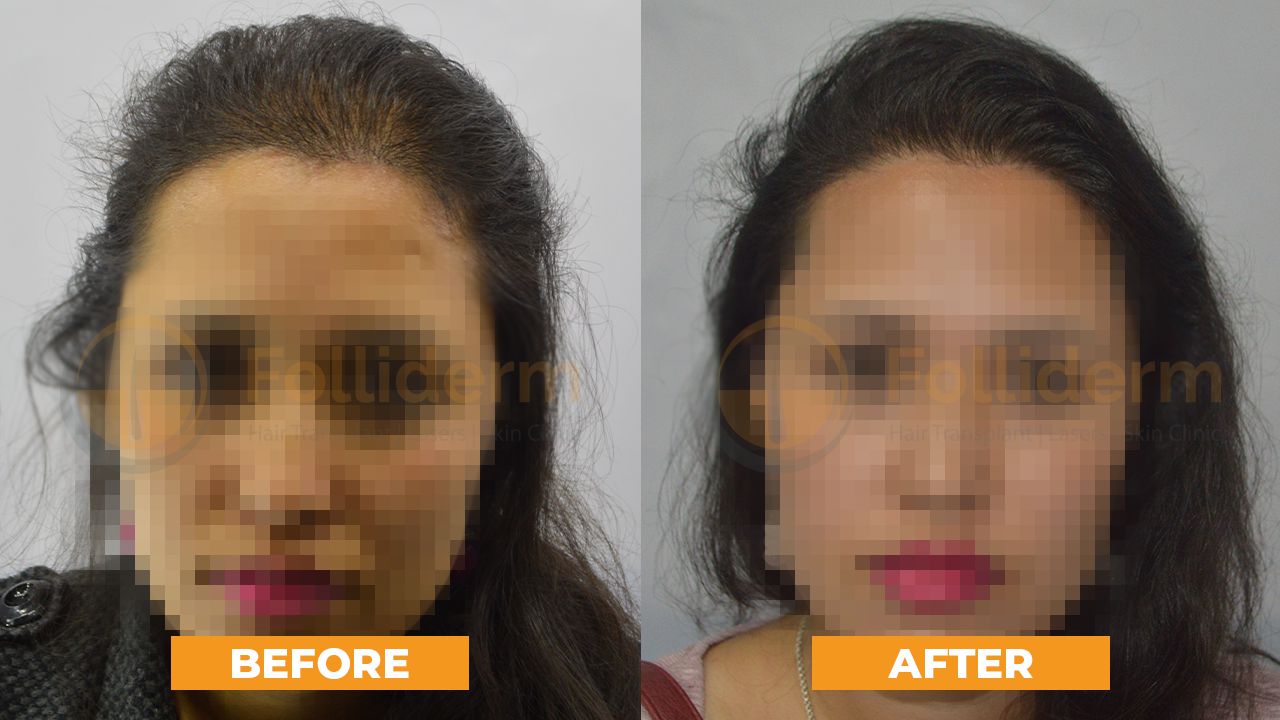
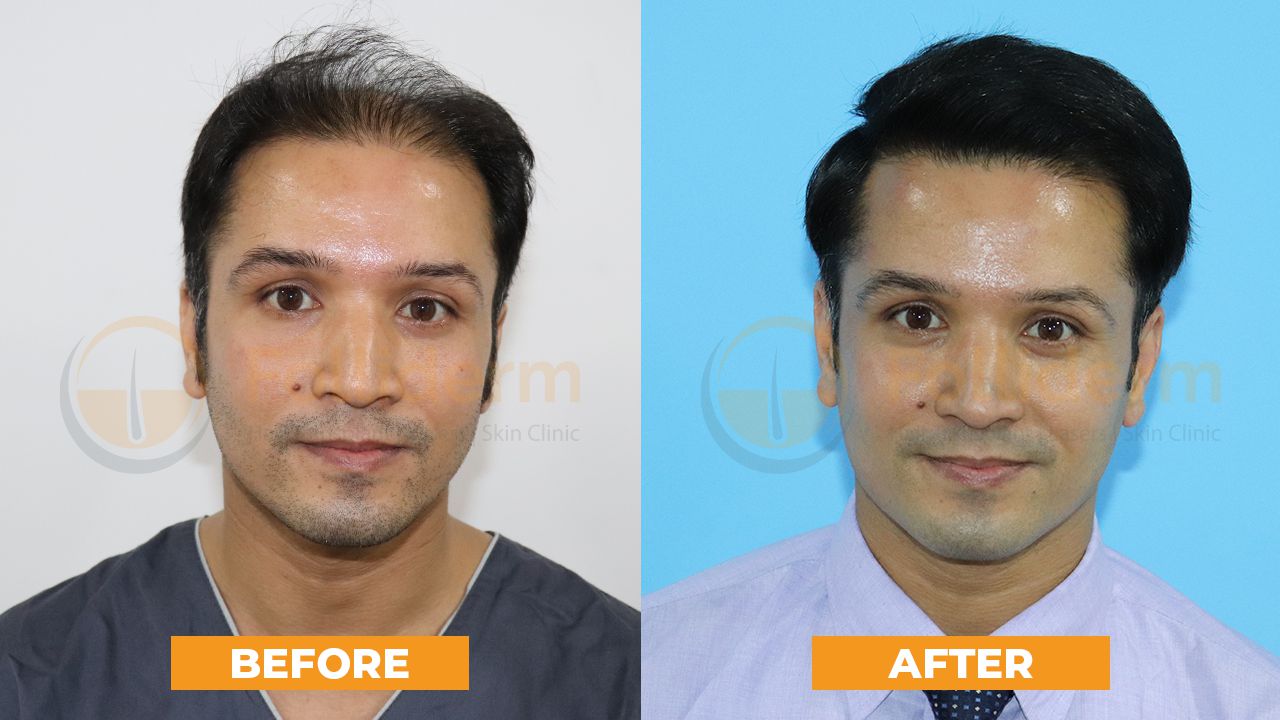
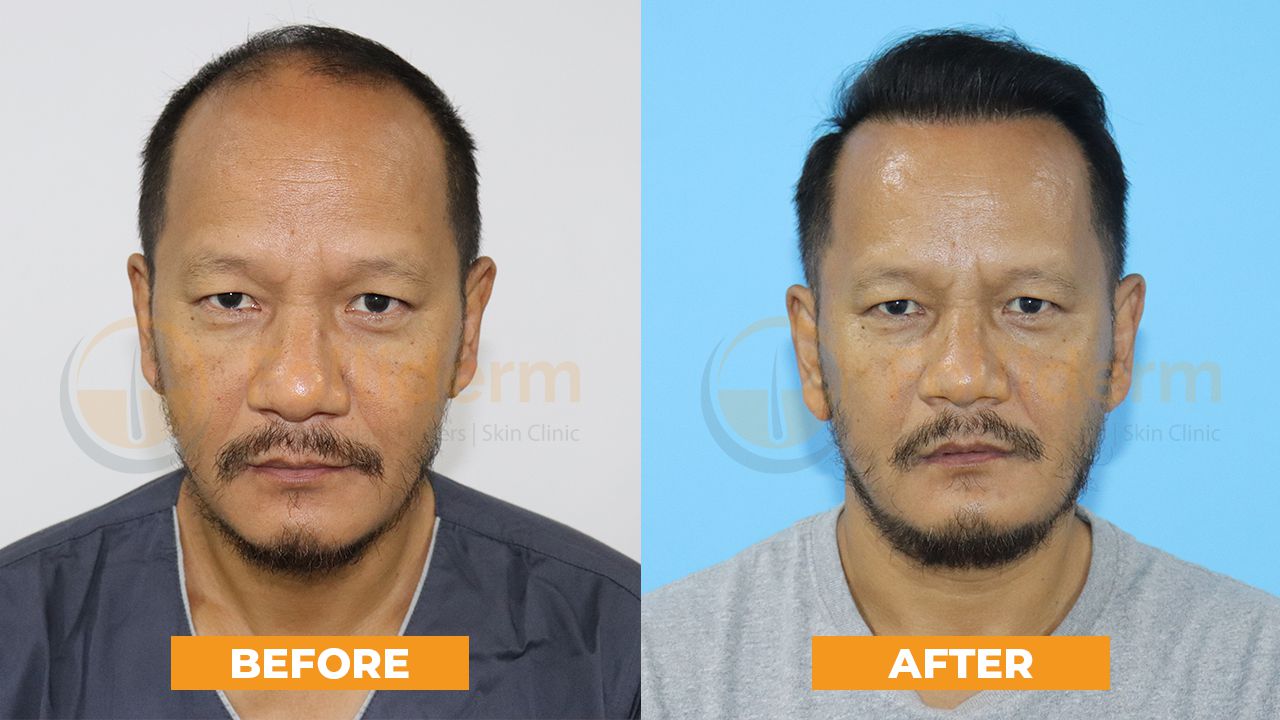

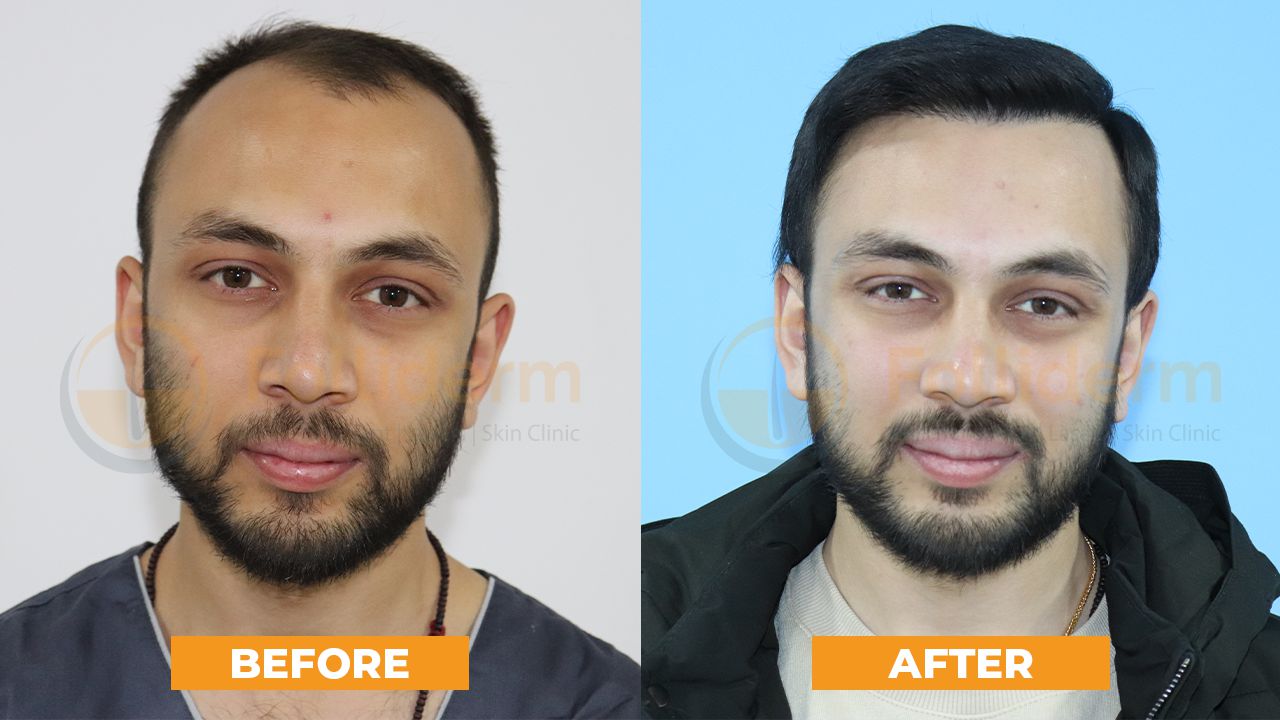
_compressed.jpg)